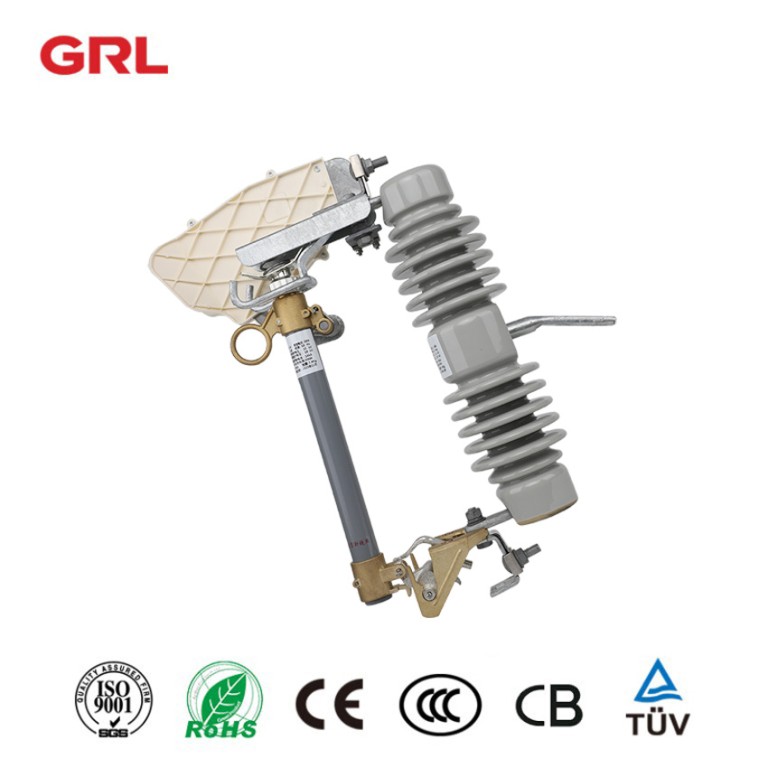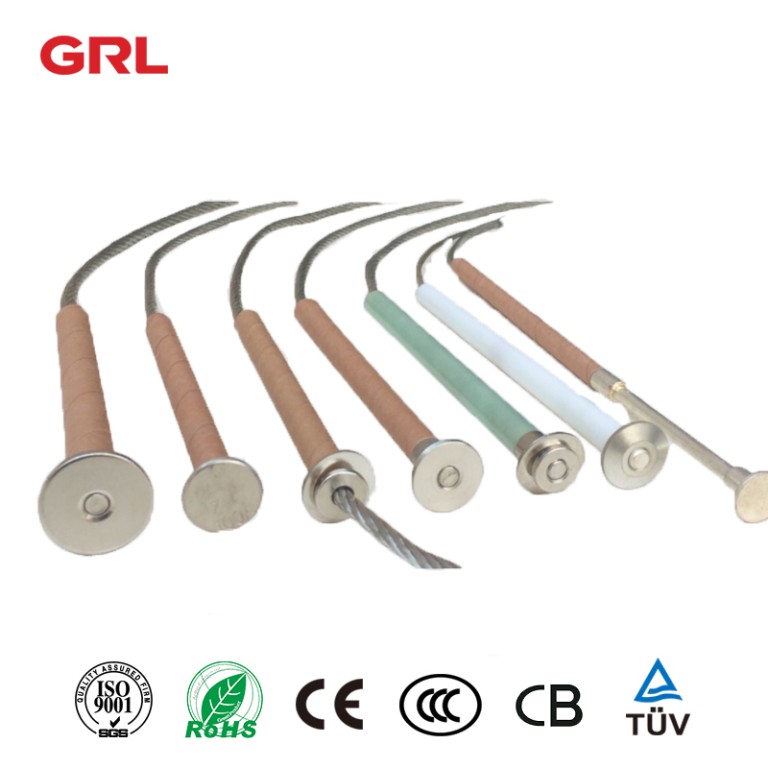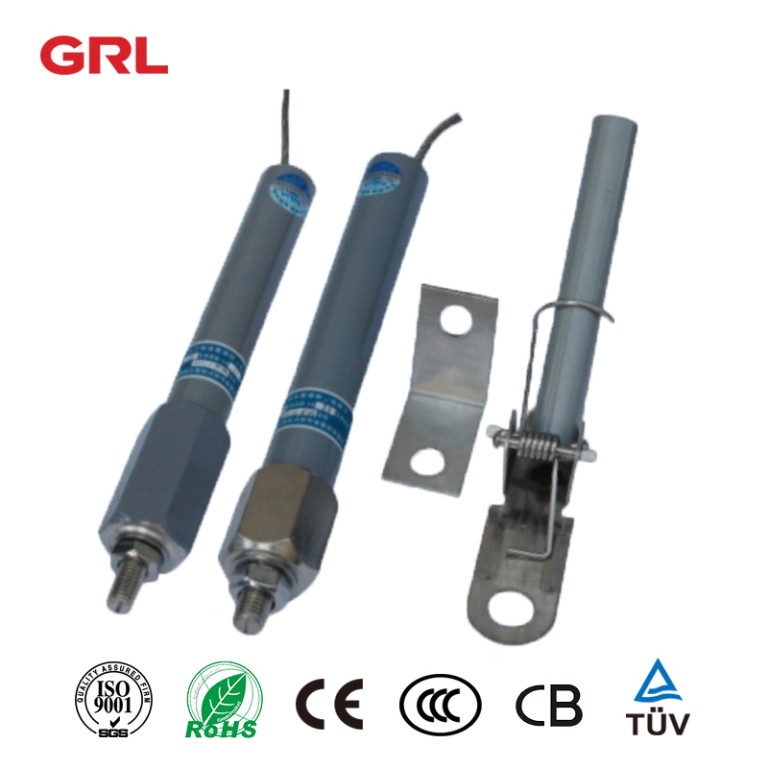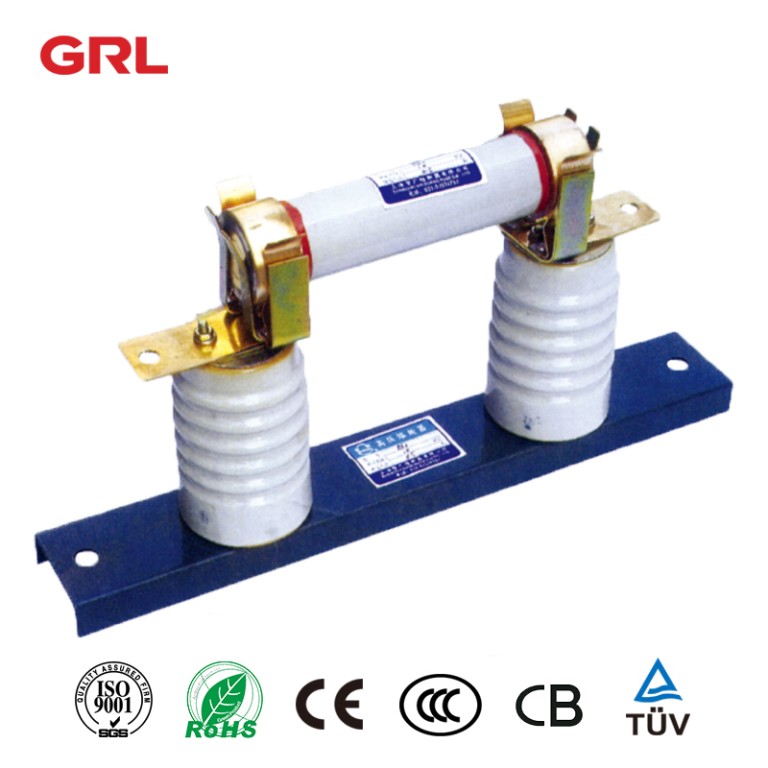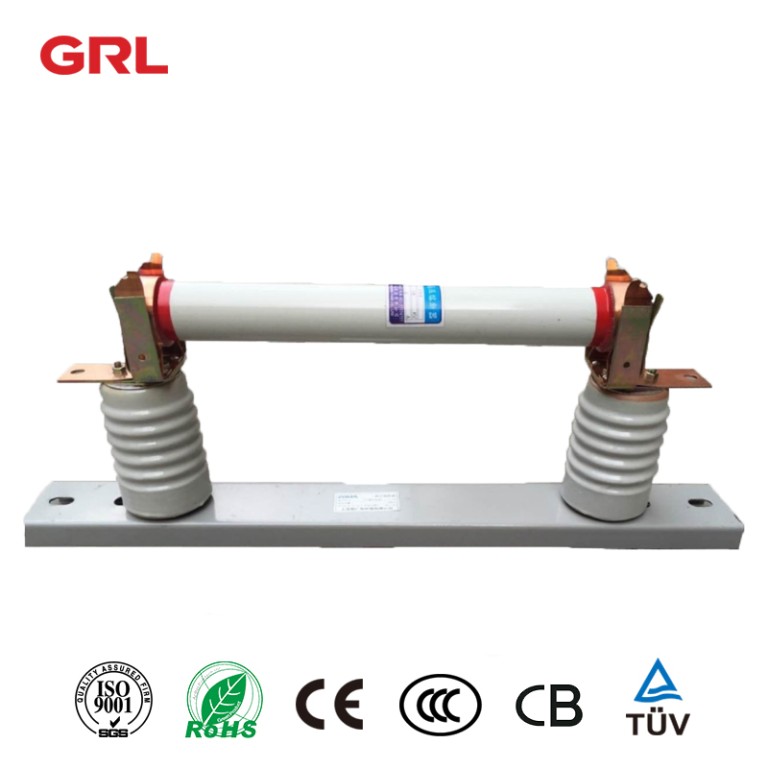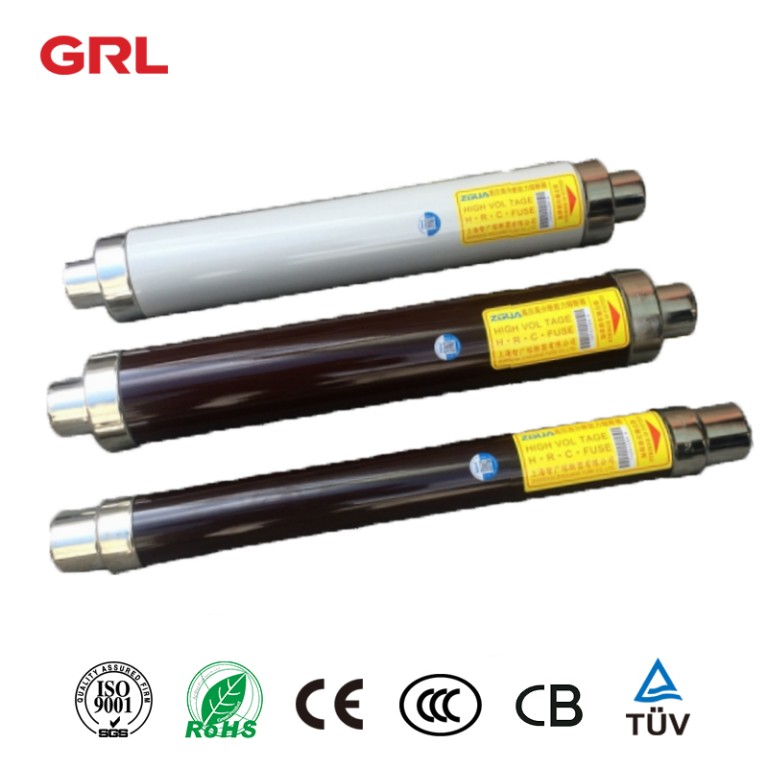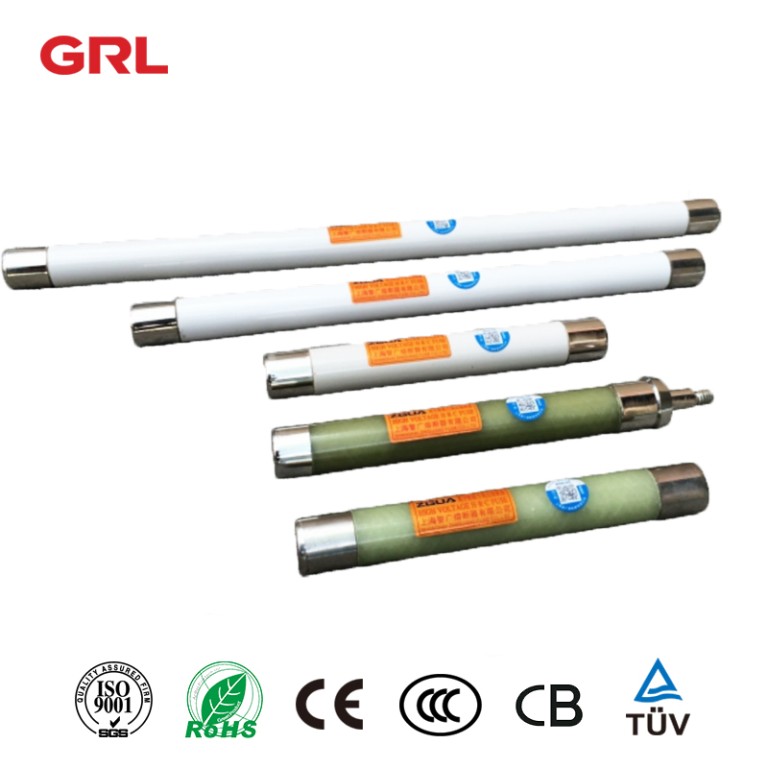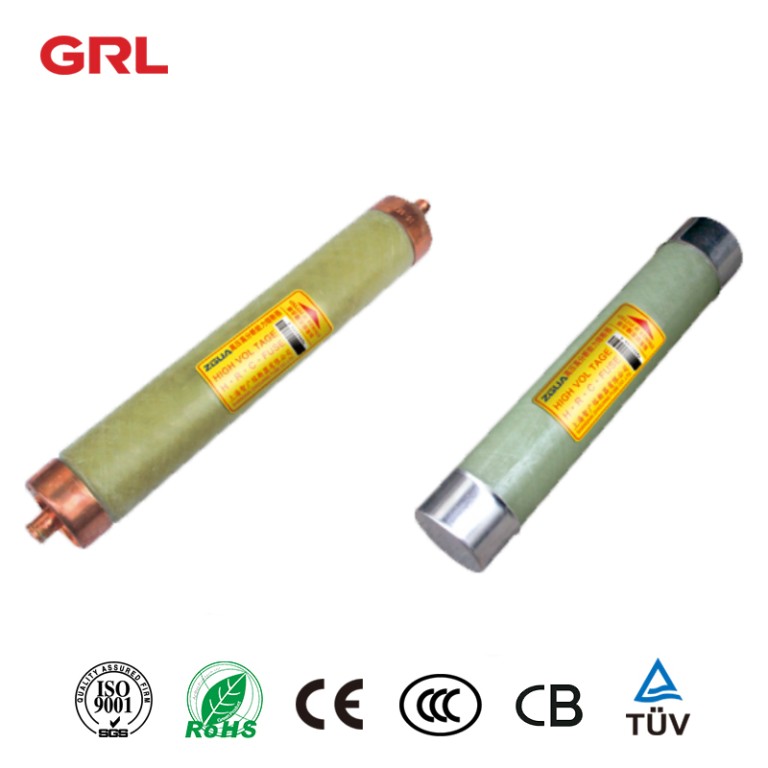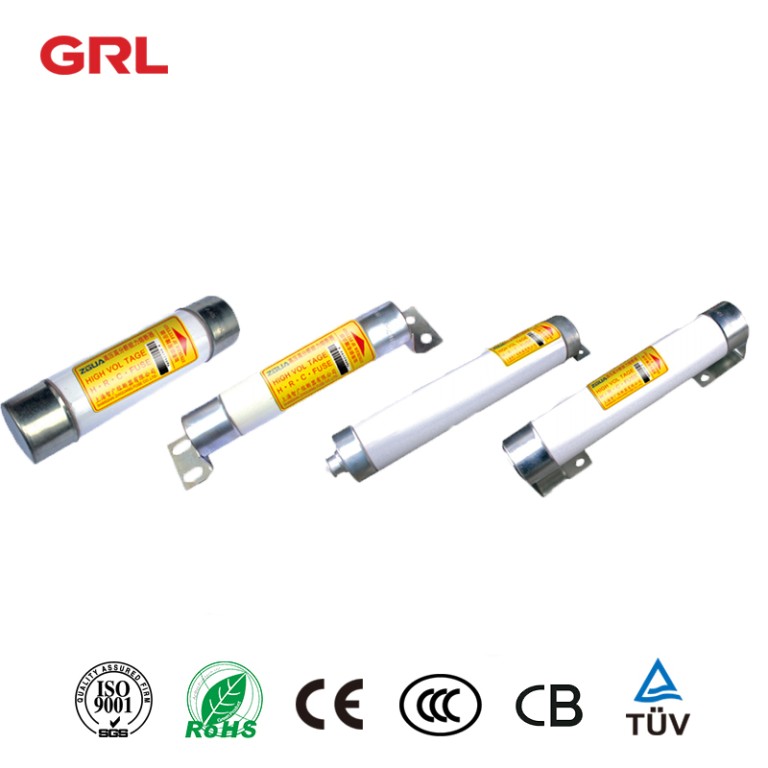
Founded in 1992, Zhejiang GRL Electric Co., Ltd. operates a 4,000-square-meter facility and employs over 500 professionals. GRL integrates R&D, production, sales, and service, specializing in electrical protection and connection solutions.
Our product portfolio includes low-voltage enclosed busbar systems, load isolator switches, fuse switch disconnectors, knife switches, transfer switches, medium-voltage isolation switches, medium-voltage drop-out fuses, copper busbars, fuse holders, fuse bases, surge protection devices, lightning surge arresters. These products serve diverse sectors, including power distribution, industrial control, automotive manufacturing, and renewable energy, meeting the varied needs of our global customer base. Rigorous testing ensures all products comply with national and international standards, guaranteeing exceptional reliability and performance.
A leading player in China’s low-voltage busbar systems and disconnector switch market, GRL has delivered hundreds of premium electrical components and thousands of custom solutions. Our reliable products and professional service make us a trusted long-term partner for clients worldwide.
TÜV Rheinland Certified for Reliable Performance
The High Voltage Drop Out fuse has successfully passed TÜV Rheinland's comprehensive testing and technical evaluations. This certification proves that the product meets both IEEE and IEC international standards, providing global users with a reliable solution that ensures consistent performance and product safety in various power systems.
Dual Protection Functionality: Overload + Short-Circuit
The product integrates both overload and short-circuit protection in one device. Once the current exceeds the rated threshold, the fuse link melts and drops instantly to cut the circuit, effectively preventing further damage to transformers or other connected equipment. This enhances system stability and safety.
Clear Visual Break for Safe Isolation and Inspection
Upon operation, the Drop Out fuse automatically falls away, creating a distinct visible break that isolates the faulted circuit. This physical disconnection helps prevent accidental reconnection, ensuring maintenance personnel can safely inspect, troubleshoot, and restore the line with full confidence.
Simple Structure with Fast, Low-Cost Maintenance
Thanks to its simple yet robust design, the Drop Out fuse offers easy maintenance. After an operation, the fuse link drops and forms a visible disconnection point, clearly identifying the fault location. This allows technicians to quickly replace the fuse, reducing system downtime, labor intensity, and maintenance cost.
Optimized Design for Challenging Environments
This Drop Out fuse is engineered to handle complex and demanding electrical environments. With tailored structural enhancements and insulation choices (porcelain or polymer), it provides targeted protection for special conditions like high pollution, coastal regions, and areas prone to voltage fluctuations or mechanical stress.
International Standards Compliance for Peace of Mind
Designed in strict accordance with IEC 60282-2 and IEEE C37.41, this Drop Out fuse offers double assurance in terms of quality and technical integrity. Its international compliance allows it to operate seamlessly across a wide range of high-voltage applications, from public utilities to industrial distribution networks.
A drop-off fuse link is designed to interrupt the flow of electricity during fault conditions, such as short circuits or overloads. When the current exceeds the fuse’s rated capacity, the fuse element melts, causing the fuse tube to drop out of its holder. This action visibly indicates a fault and physically disconnects the faulty section from the rest of the system, preventing further damage and isolating the issue for safe maintenance.
Replacement Frequency of Drop-Out Fuse Links
Drop-out fuse links are designed to operate (i.e., “blow”) under fault conditions such as overcurrents or short circuits. Under normal operating conditions, these fuse links do not require regular replacement. However, certain factors necessitate their replacement:
- Post-Fault Operation: After a fuse link has operated due to a fault, it must be replaced before the circuit is re-energized. This is a standard practice to ensure the protection system remains effective.
- Routine Maintenance: Regular inspections are crucial to identify signs of wear or damage that may not be immediately apparent. For instance, signs of corrosion, mechanical fatigue, or environmental degradation can compromise the fuse link’s integrity. In some practices, inspections are conducted monthly, especially in environments prone to adverse conditions.
- Environmental Factors: Exposure to harsh environmental conditions, such as high humidity, pollution, or extreme temperatures, can accelerate the degradation of fuse links. In such cases, more frequent inspections and replacements may be necessary to maintain system reliability.


